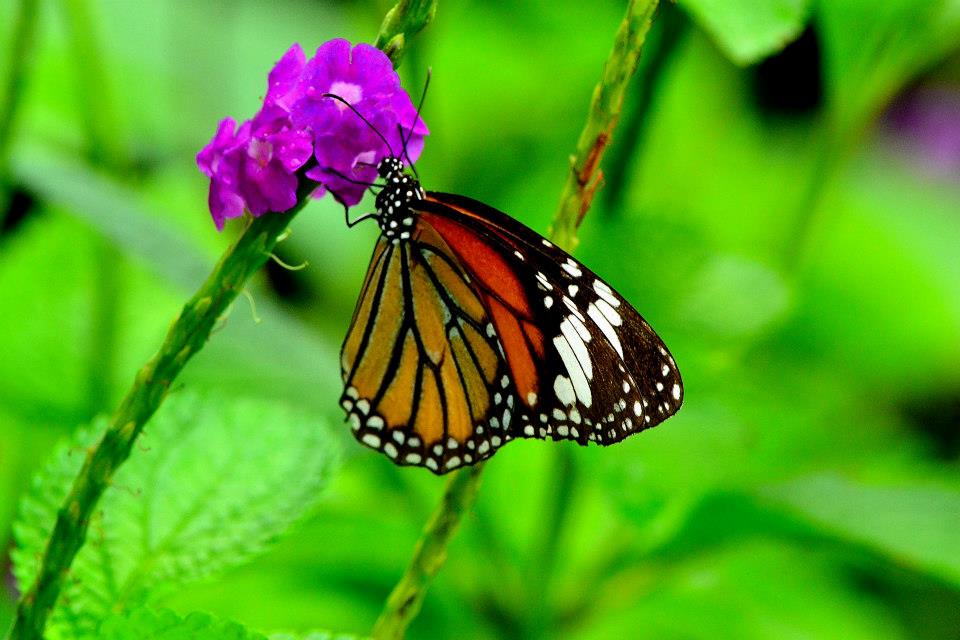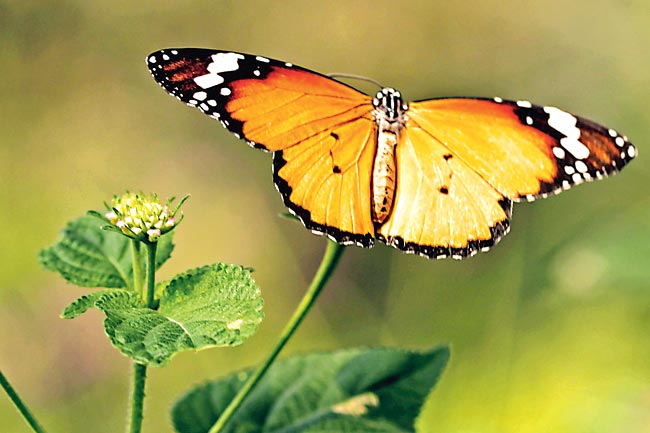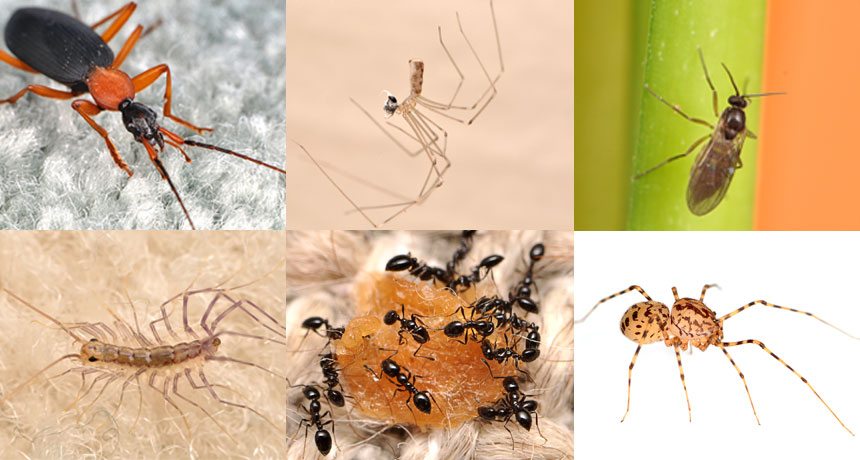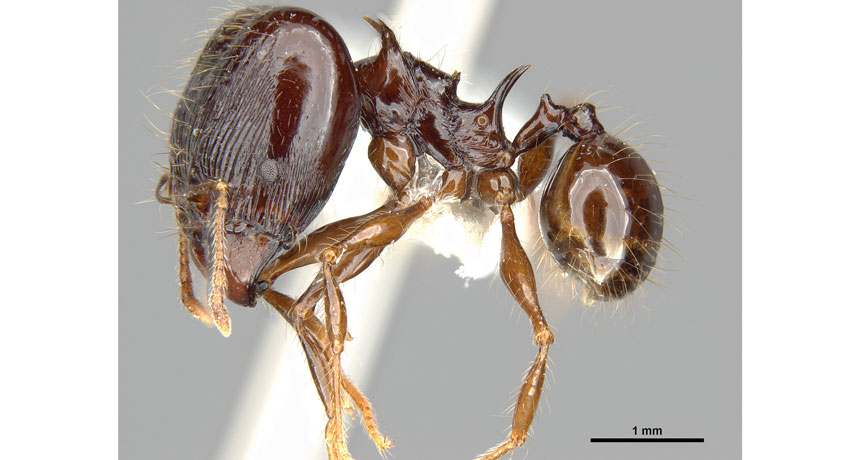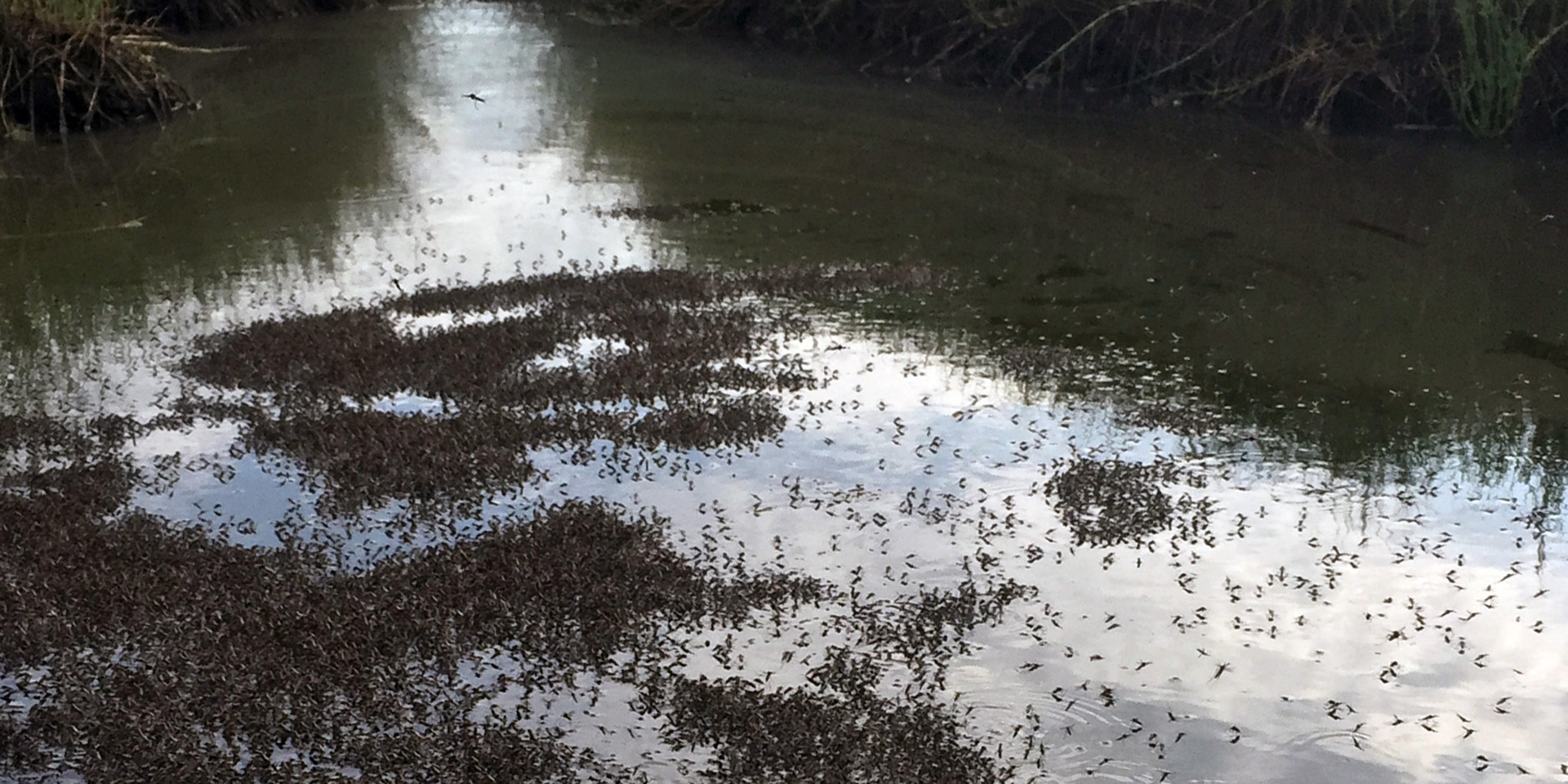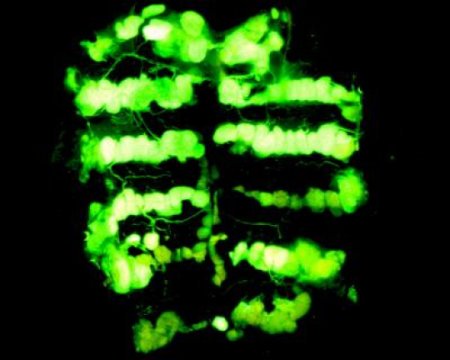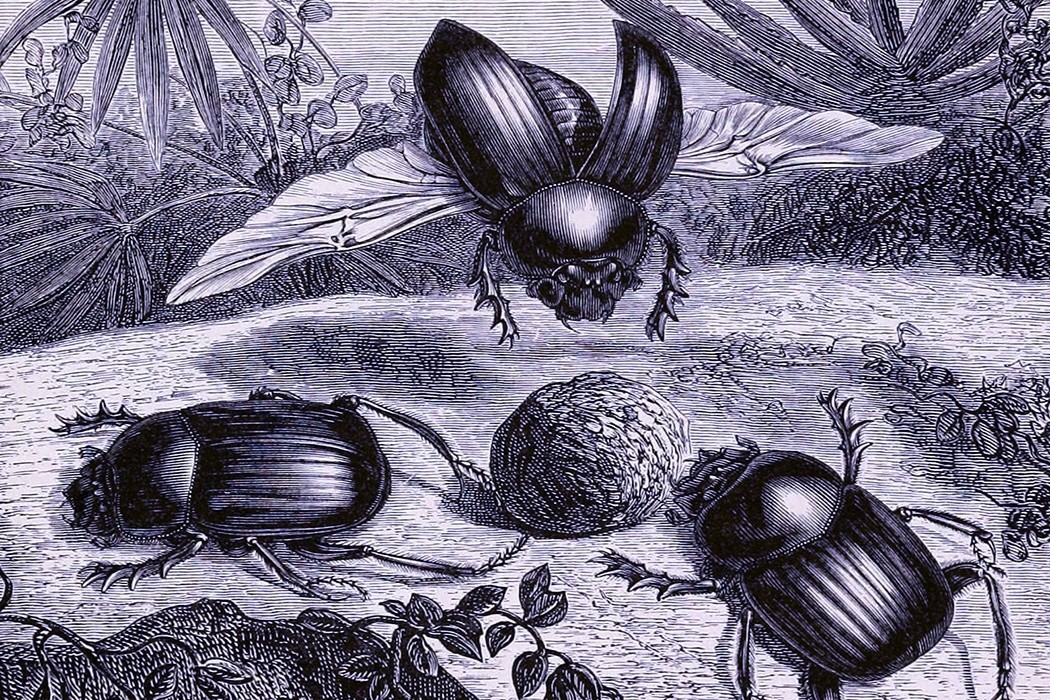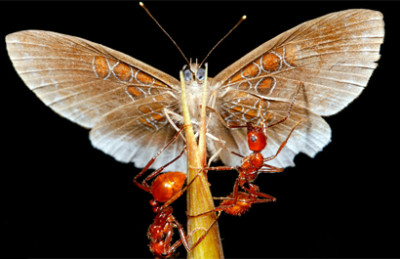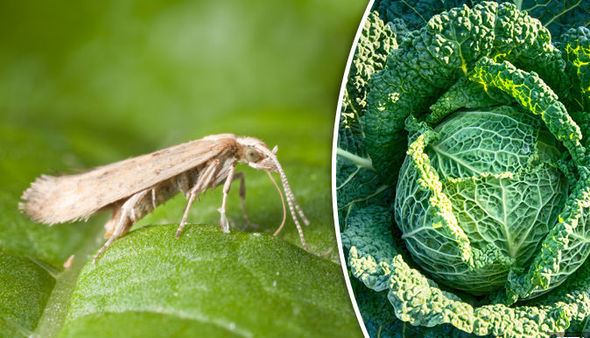Being one of the largest havens of butterflies and odonates in the nation, the Silent Valley National Park here will witness a first of its kind survey of its unique Lepidopteran fauna beginning Friday.
The four-day exercise is being done by the national park authorities with the involvement of the Travancore Natural History Society.
Apart from home to 400 species of moths and 96 species of butterflies, the Silent Valley is the end point of annual migration of butterflies from Coorg Hills and major points in the Western and Eastern Ghats. Every winter, thousands of butterflies of Alabatross species migrate to Silent Valley and return by the end of the season.
According to Wildlife Warden Shilpa V. Kumar, at least 18 species of butterflies in the Silent Valley are endemic and extremely rare. Among them, eight enjoy protected status under the Indian Wildlife Act. The survey will help gather more information apart from improving facilities for the butterflies and odonates in the national park, which is also home to the endangered lion-tailed macaques.
The first such time
“This is the first time a combined butterfly and odonate survey is being done at the national park. The invertebrates of this unique forest ecosystem are less studied and require more attention. This survey will be definitely adding to the database and fill in knowledge gaps on Indian butterflies,” said Ms. Shilpa in an interaction with The Hindu .
“Butterflies are essential part of any natural ecosystem. They are beneficial insects as they are pollinators and ecological indicators. The presence of odonates also can be taken as an indication of good ecosystem quality,” she said.
The survey will begin on August 12 with a formal meeting at Mukkali, where the invited participants, researchers, and experts will be briefed about the strategy and survey methodology. After the meeting, the delegates will be taken to seven base camps inside the park. These base camps are strategically located covering all the elevations and habitats of the region.
The formal fieldwork begins on August 13 and extends to August 14. The survey team will be lead by V.C. Balakrishnan, Kiran C.G., Balchandran, and other experts from Kerala and Tamil Nadu.
Source :www.thehindu.com
Author :K.A. Shaji



